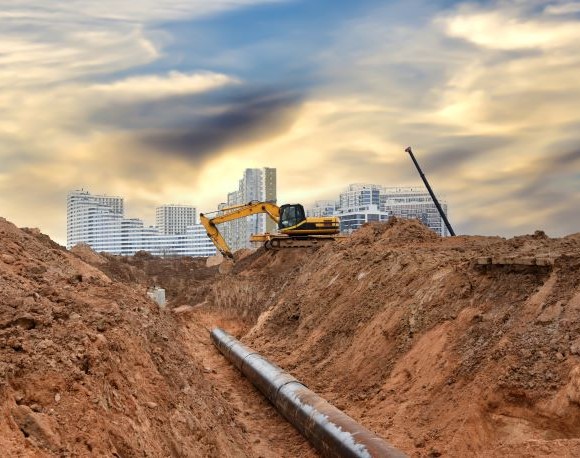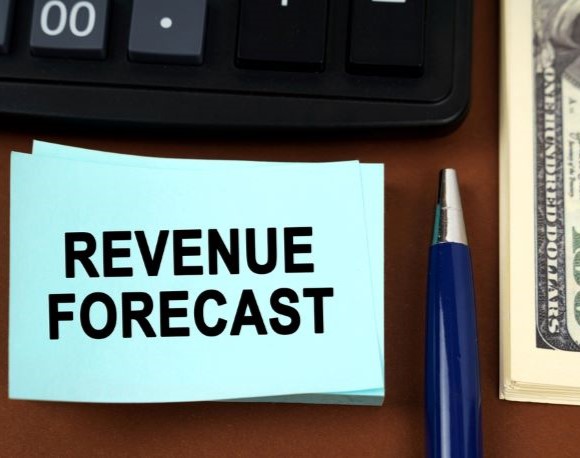September 29, 2025
What do Bertha from the Alaskan Way tunnel project and home prices have in common? Both suffered (and continue to suffer) due to lack of solid data about underground infrastructure.
BIAW’s Washington Center for Housing Studies released a new “anti-study” on Invisible Infrastructure, revealing how the lack of reliable data throws up barriers to planning and growth, adding costs to already expensive homes in Washington.
Threats to housing affordability, safety and efficient planning
In this latest report, the WCHS documents how the lack of reliable information on infrastructure hinders affordability, safety and planning.
In one example on Mercer Island, the city hired an engineering consultant who discovered a 12-inch water main intended for a new subdivision performed like a 4-to-6-inch line due to an unmapped 4-inch section of pipe. Identifying and resolving this bottleneck required specialized inspections, delaying construction and increasing costs.
In another example in Spokane, workers struck a 1-inch gas line during routine construction near Gonzaga University, necessitating the evacuation of 1,350 students and an emergency response (City of Spokane).
In both situations, incomplete or inaccessible data not only delayed housing development but also created immediate public safety risks.
Heightened security has unintended consequences
Heightened security measures implemented after 9/11 coupled with expansive legal protections for utility information under Washington are two key limitations when it comes to sharing utility information.
Read the report for implications and policy recommendations








